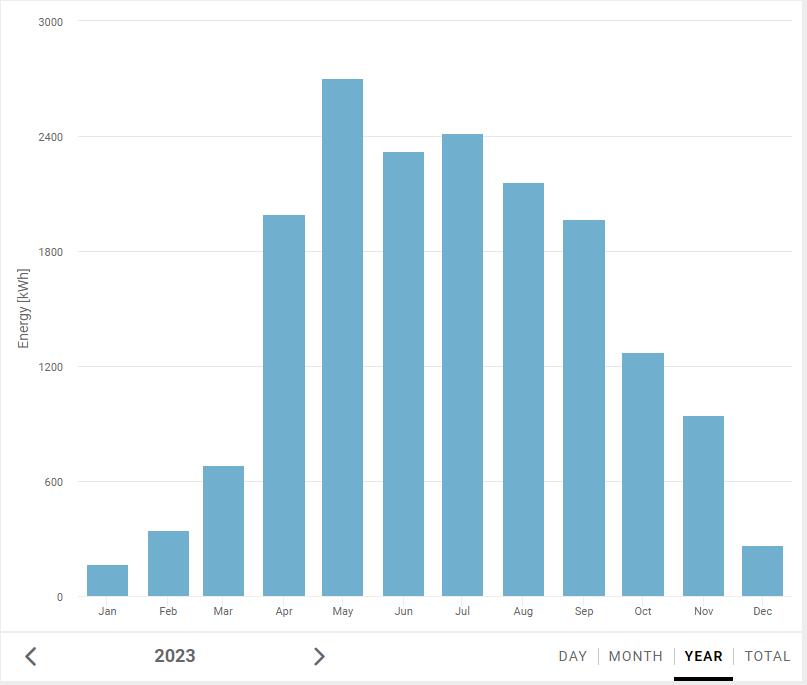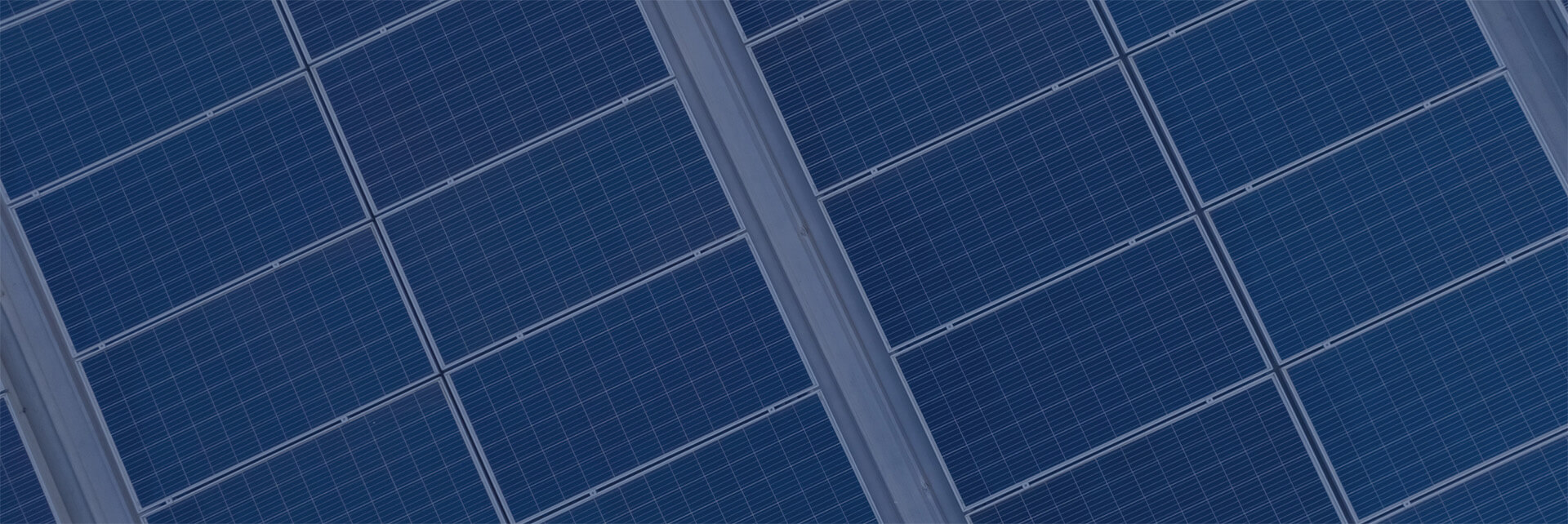Canada is blessed with 4 wonderfully different seasons and each season offers different opportunities for work and play. While there is seasonal variation in solar energy capture potential, solar panels absolutely work year ’round in Canada and understanding their performance in different conditions allows us to optimize solar energy system design to achieve your clean energy goals.
Understanding Insolation
The term “insolation” refers to the solar energy striking the Earth. High insolation means more solar energy is available. The places on earth with the highest insolation tend to be hot equatorial deserts and, while attractive for the installation of large solar generation facilities, they are often far from the populations that need the energy. However, all the earth’s surface receives insolation, and so there is no place where a solar energy system is not potentially beneficial.
The main driver of insolation is latitude, with equatorial regions collecting more solar energy than polar regions, but latitude is not the only factor. Have a look at this insolation map of Canada. You can see that Southern Saskatchewan has the highest average insolation in Canada, even though it is at a higher latitude (further from the equator) than Southern Ontario.

The same map shows a huge swath of bright yellow from New Brunswick, across Southern Quebec and most of Ontario, and into the Northern prairies. This entire swath has roughly the same solar energy generation potential and it’s more than most of Europe, including Germany, which has way more solar energy technology deployment than we do.
Factors Affecting Winter Performance
Many factors affect the winter performance of a solar array, including:
- Pitch (the angle of installation)
- Azimuth (orientation compared to South)
- Snow cover
- Wind exposure
- Shading from trees
- Solar racking type
When designing a system, we take these factors into account.
For example: for a net metered solar energy system, our primary objective is maximizing annual energy generation. We know that there is more insolation in summer than in winter, so our design optimization will be biased toward summer operation. If we lose some performance in the winter (to snow coverage, for example), we’re losing only a very small part of the annual benefit, and so we accept that loss in favour of better summer performance.
If, on the other hand, we’re designing an off-grid energy system, we’ll change the design to improve winter performance. We sacrifice summer performance because we know we’ll have a surplus of energy in the summer. But better winter performance is very important for off grid systems. Winter performance optimization may include ground mounted solar arrays to facilitate snow clearing.
Winter Vs. Summer: Performance Insights
Interestingly, while solar energy systems generate more energy in the summer months, photovoltaic technology actually performs best in the winter. Under ideal conditions, a solar panel can generate 50% or even 100% more power than its nameplate rating in winter due to:
- Cold temperatures, which improve photovoltaic efficiency
- Clean and dry winter air, allowing more solar energy through atmosphere
- Reflection from snow, similar to how you need sunglasses on a sunny winter day
Our Own Experience
For fun, here’s a chart of the monthly performance of our own net metered solar array on our office in Peterborough. Factors that affect winter vs summer performance include:
- Large array over-size: increases annual yield but exaggerates the summer vs. winter difference
- Low pitch (10 degrees): Reduces winter performance compared to a steeper pitch
- Flat roof installation: Tends to accumulate snow, reducing winter performance

